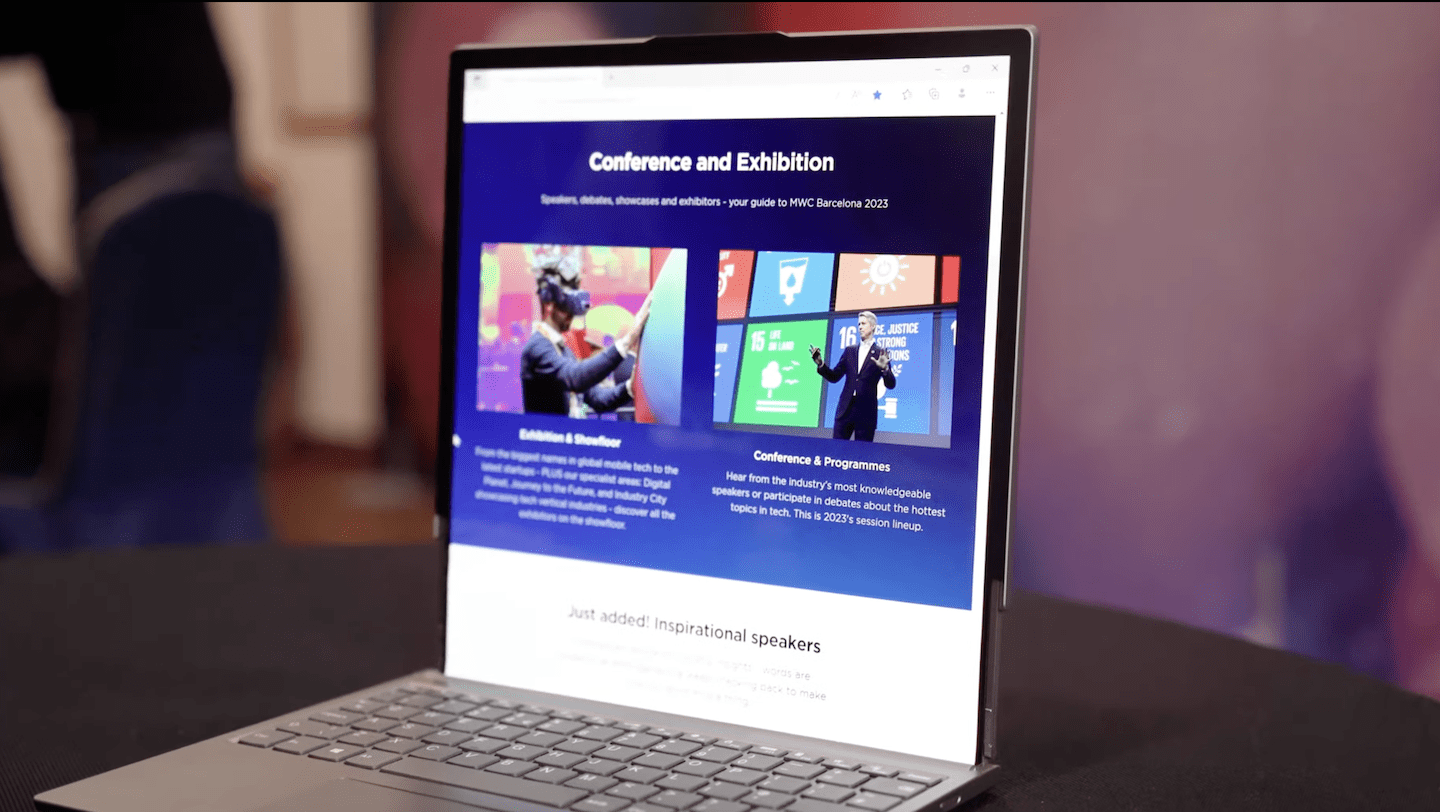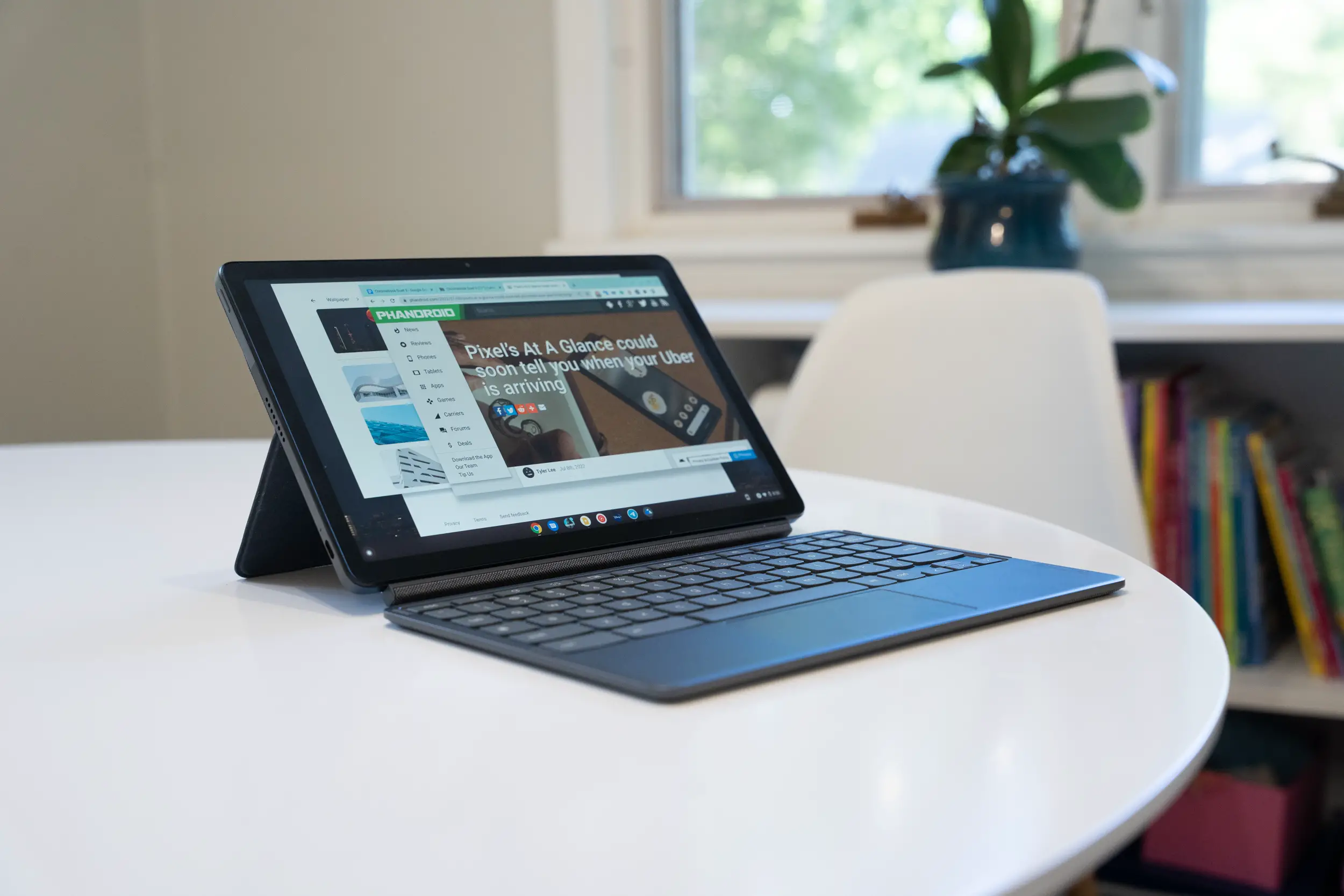Much noise was made over Google’s new licensing system for applications in the Android market that would hope to prevent piracy. Even more noise was made over the fact that it was easily hackable. Later on, Google updated the skeptics and the FUD mongerers on the issue saying that – in its default state – the licensing system was fairly insecure and that it was meant to be heavily customized on an app-by-app basis. At that time, they also promised to demonstrate how one can customize the code to make it very difficult (though still not impossible) for hackers to bypass the system.
As usual, Google delivered wonderfully as their Trevor Johns has chimed in on the Android developers blog to show application developers how to do just that. I won’t attempt to summarize his explanation for obvious reasons, but if you want to take a look for yourself be sure to click on over for the lengthy (and educating) read.











Well hopefully this will help out the devs.
These are techniques that have been used for ages in PC software, devs need to get up to speed on this, it’s not rocket science, but common sense for protection.
-Brad
We already programmed our own version of this from scratch back in January! :-) …the stickiest part was getting the 256 bit AES encrypted byte code to transfer properly between our Java/PHP interop routines.
The best way would be to provide paid apps worldwide.
I for example can not get paid apps legally.
Do your homework google first.
And so much for this top to bottom FOSS OS.
Android now has DRM just like the iPhone that everyone whines about.
iPhone is better again! YAY!
Most of our apps using a backend that controls the content delivered to the app.
we use to block all countries (by IP) that have no permission to access the market which prevent China and other countries from getting the apps.
Of course this an addition to the google security and not a replacement.
@K
Yes Android itself is open source, but the third party applications aren’t. Get your facts straight please before commenting.
We need these protections from Google as we have expense in sending content into our apps and we can’t get paid on the app we lose more than just missing revenue – we go out of pocket. Theft is theft.
@Croandroid
most of the pirates are surprisingly in the u.s and not in the world as everyone used to think, one of the developers has proved that with his application, im just too lazy to find his article on it
Devs make a better product that ppl want to buy! So many crappy apps being sold for $3-$6. Usually when i waste $ it’s for something i like. if i bought a $1 candy bar but it was stale or otherwise messed up i’d walk back into the store and demand another one. too bad the store in this case is online and the payment is generally ON YOUR CREDIT CARD. which means i don’t wanna buy some sh*tty $4 app and have to check my bank statement for a refund. so i’ll just keep on pirating crappy apps and paying for good ones. (such as snesoid and such. i paid for all of those emulators gladly. same with my home replacement screen) Oh also if you can’t back up apps, what happens when an update cripples/removes a feature you want/need? You’re screwed, that’s what.